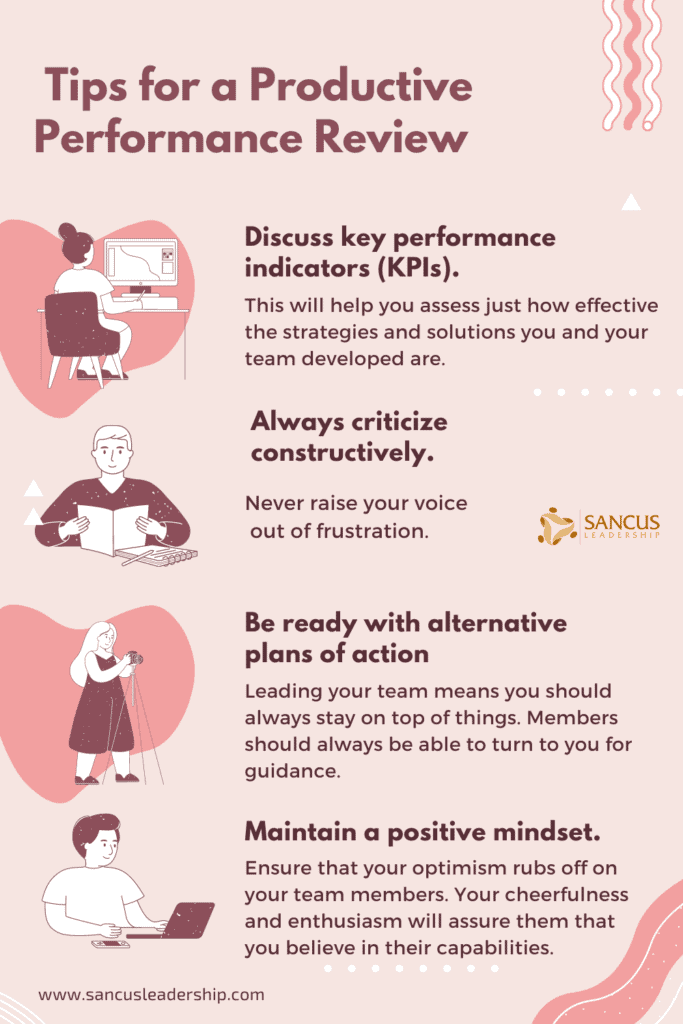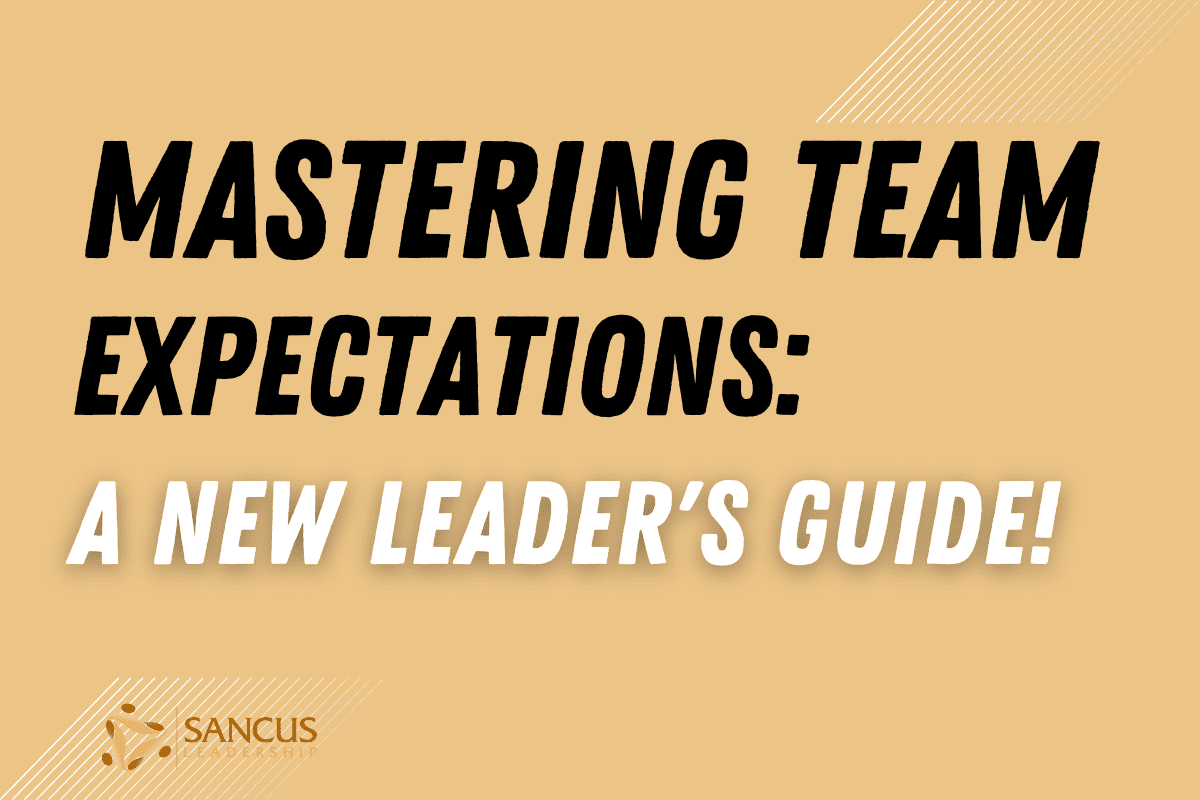Setting expectations with a new team can be tricky, but it should be first on your to-do list. If you do things right, you can avoid stumbling blocks, such as misunderstandings, misconceptions, low productivity, and loss of direction. Proficiently managing your new team requires you to set goals and expectations early on so the team knows exactly where it is headed and how to get there.
Set expectations with your new team early on, before tasks are done and assumptions are made. Do so in a clear, concise manner and ensure you set feasible timelines. Don’t forget to show the bigger picture to let them in on how invaluable their roles are and how they can help shape the business.
In this article, we will talk about why it is essential to set expectations with your new team early on and how you can go about it to make sure that the team works synergistically towards a common goal. I will also offer some tips on how you can lead your team to success by being a reliable, efficient, and intuitive leader. Let’s get started!
How Do New Leaders Set Expectations?

New leaders are eager to efficiently manage their team’s set expectations, provide realistic timetables, and show the bigger picture to the whole team. They explain who, what, why, when, where, and how. This way, team members will know exactly where the business is and where it is headed.
Let’s discuss these essential factors in detail:
Be Clear and Concise (Who, What, How)
Leading an eager and inspired team will help achieve goals faster and more efficiently. Let each member know exactly what their roles are in the team. A clear understanding of what is expected of them will make them more engaged, productive, and intentional in their tasks.
A 2021 study by Gallup involving 14,705 employees indicated that only about 34% engaged employees that year in the US. The disengagement problem was primarily due to the vagueness of expectations and the need for employee involvement in essential operational affairs.
Effectively managing a team requires transparency and honesty. Let your team members in on these vital aspects of the business:
- The image the company would like to convey
- Company policies
- Company goals
- Industry projections
- Your role as the leader in managing the team
- Each member’s unique roles and tasks to help the business thrive
Make an effort to show the team that each individual, including you as the leader, will contribute to making the business thrive. No role is trivial, so each and every person must always give it their best shot.
Make an effort to show the team that each individual, including you as the leader, will contribute to making the business thrive. No role is trivial, so each and every person must always give it their best shot.
Set Timelines (When, Where)
Ensure each team member knows the timetables involved with each task and goal. Timelines should be precise and feasible. They should also be aligned with the company’s goals and the industry’s.
One way to determine where the team is in the journey toward achieving the set goals is through regular performance reviews. This is where you can give each team member feedback on how well (or poorly) they have accomplished their tasks and if they are still aligned with the team’s goals.
Here are some tips for a productive performance review:
- Discuss key performance indicators (KPIs). This will help you assess just how effective the strategies and solutions you and your team developed are. The results will determine if you’re on the right track or need to modify your approach.
- Always criticize constructively. Never raise your voice out of frustration.
- Be ready with alternative plans of action. Leading your team means you should always stay on top of things. Members should always be able to turn to you for guidance.
- Maintain a positive mindset. Ensure that your optimism rubs off on your team members. Your cheerfulness and enthusiasm will assure them that you believe in their capabilities.

Remember that good leaders lead by example. Hence, these feedback sessions must work both ways. Allow your team members to give their feedback, tips, and suggestions, making each person feel like an integral part of the team. You, as the leader, should also update your team about your progress.
Present the Bigger Picture (Why)
It is vital to provide team members with proper context. Explain the value of each expectation and ensure that every team member has a firm grasp of how their participation affects the whole team. Discuss the industry’s trajectory and how your business can gain a stronger foothold in a fast-paced and challenging landscape.
Managing a group of people calls for you to be mindful of their needs, sensitive to their wants, and perceptive of their sentiments. Also, never forget that each of your team members is someone else’s father, mother, daughter, son, friend, cousin, etc. They must be able to live their lives to the fullest while working with you in your team.
| Key Points | Description |
| Be Clear and Concise (Who, What, How) | Let each team member know exactly what their roles are in the team. Provide a clear understanding of what is expected of them to make them more engaged, productive, and intentional in their tasks. |
| Set Expectations | Provide transparency and honesty by letting team members know the company’s image, policies, goals, industry projections, and the leader’s role in managing the team. |
| Set Timelines (When, Where) | Ensure each team member knows the precise and feasible timelines involved with each task and goal. Timelines should be aligned with the company’s goals and the industry’s. Regular performance reviews can help determine where the team is in achieving set goals. |
| Present the Bigger Picture (Why) | Provide team members with proper context and explain the value of each expectation. Ensure each team member has a firm grasp of how their participation affects the whole team. Discuss the industry’s trajectory and how the business can gain a stronger foothold in a fast-paced and challenging landscape. |
| Mindful Leadership | Be mindful of team members’ needs, sensitive to their wants, and perceptive of their sentiments. Remember that each team member is someone else’s family or friend, and they must be able to live their lives while working with the team. |
Why Setting Expectations Early on Is Crucial

As a good leader, it is crucial to set expectations with your new team early so that goals are met sooner, and each member understands and acknowledges their unique roles and contributions toward the whole team’s success. The team will function synergistically when expectations are clearly set and timelines are well-defined.
The team will function synergistically when expectations are clearly set and timelines are well-defined.
Tips for Successfully Setting Expectations With Your Team

Setting expectations with a new team can make or break the group dynamics. The leader must effectively disseminate the information so tasks are understood, roles are respected, and goals are prioritized. Leading a team is tricky and challenging, so you must do things efficiently and conscientiously.
Setting expectations with a new team can make or break the group dynamic
Here are some tips:
- Use simple words. Avoid using corporate jargon or pompous terms. These could give rise to misunderstandings and misconceptions, leading to the delay or failure of achieving goals.
- Don’t do all the talking. Ensure that you establish a 2-way street when communicating with your team. Ask them for feedback, reactions, and suggestions.
- Be broad-minded. Be open and accepting of your team members’ views, opinions, and suggestions. Leading entails knowing how to address your team members’ needs and expectations.
Below is a video of Bernd Geropp sharing his five best crucial and practical tips on leadership as the new supervisor or manager, especially during the first few weeks.
Final Thoughts
Without set expectations, your team members may be left grasping at straws, wondering what should be done, how to get them done, and why they should even try. Without a clear direction, your team might fall behind.
Effectively managing a team means you have to take the reins in letting each member know their specific roles and impact on the team. It is up to you to ensure the team is always on the right track. Setting expectations early on avoids confusion and frustration and boosts your business’s chances of getting ahead in the game.



